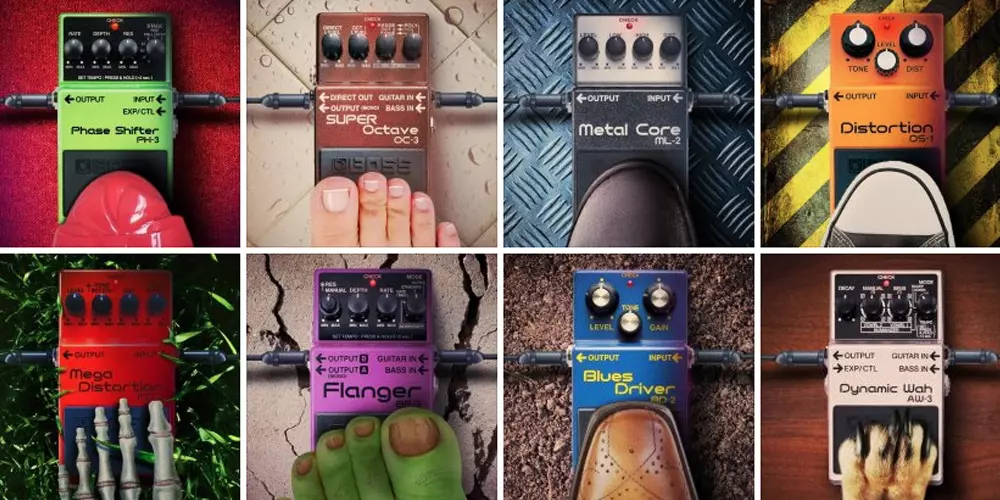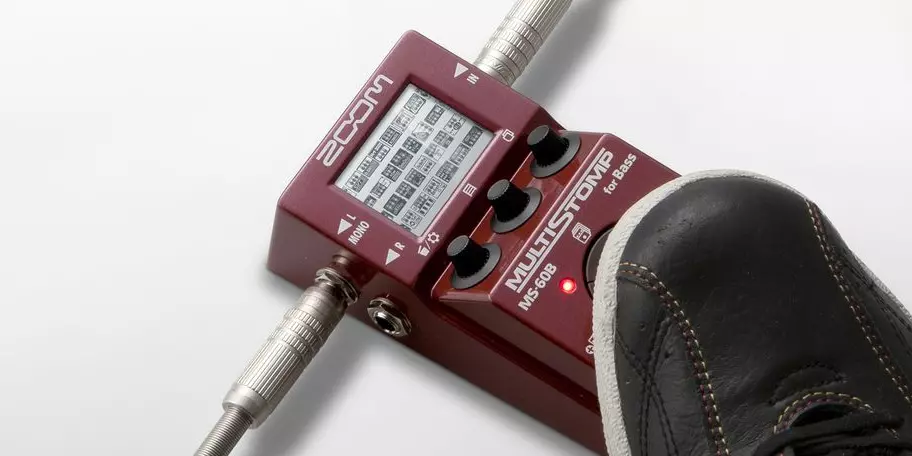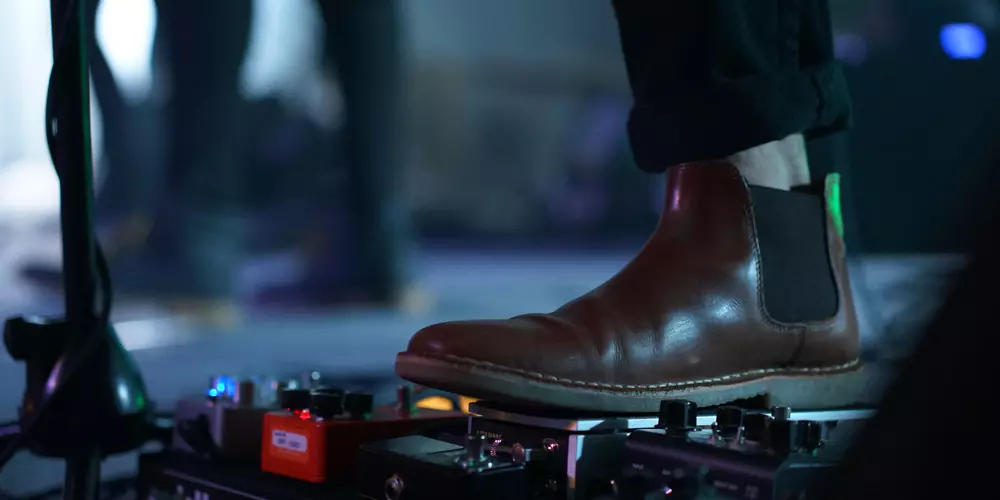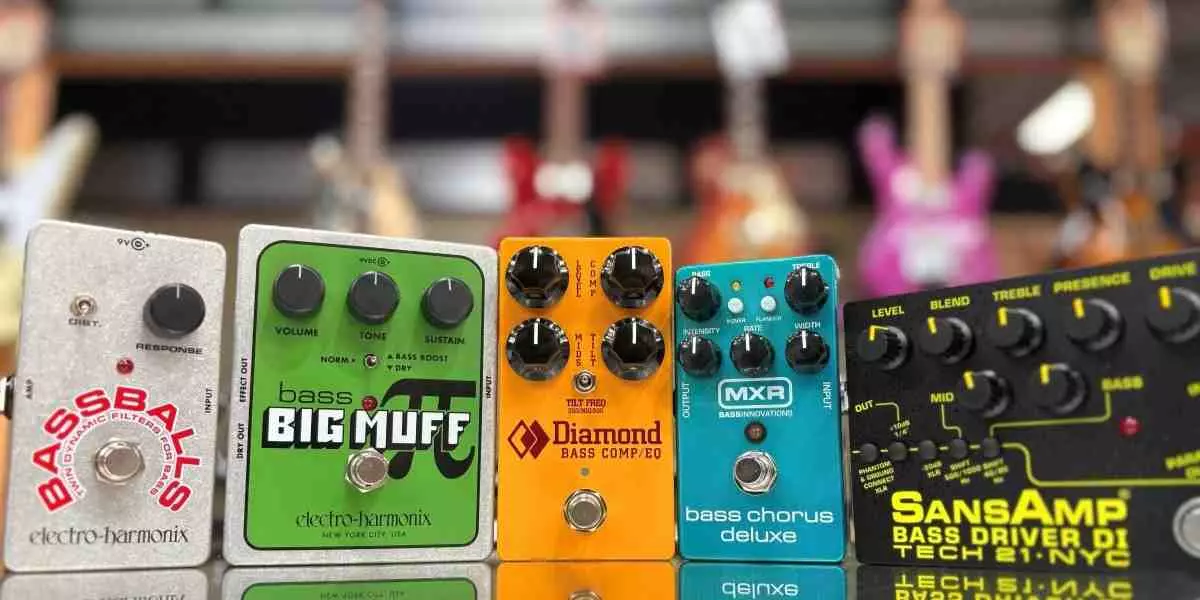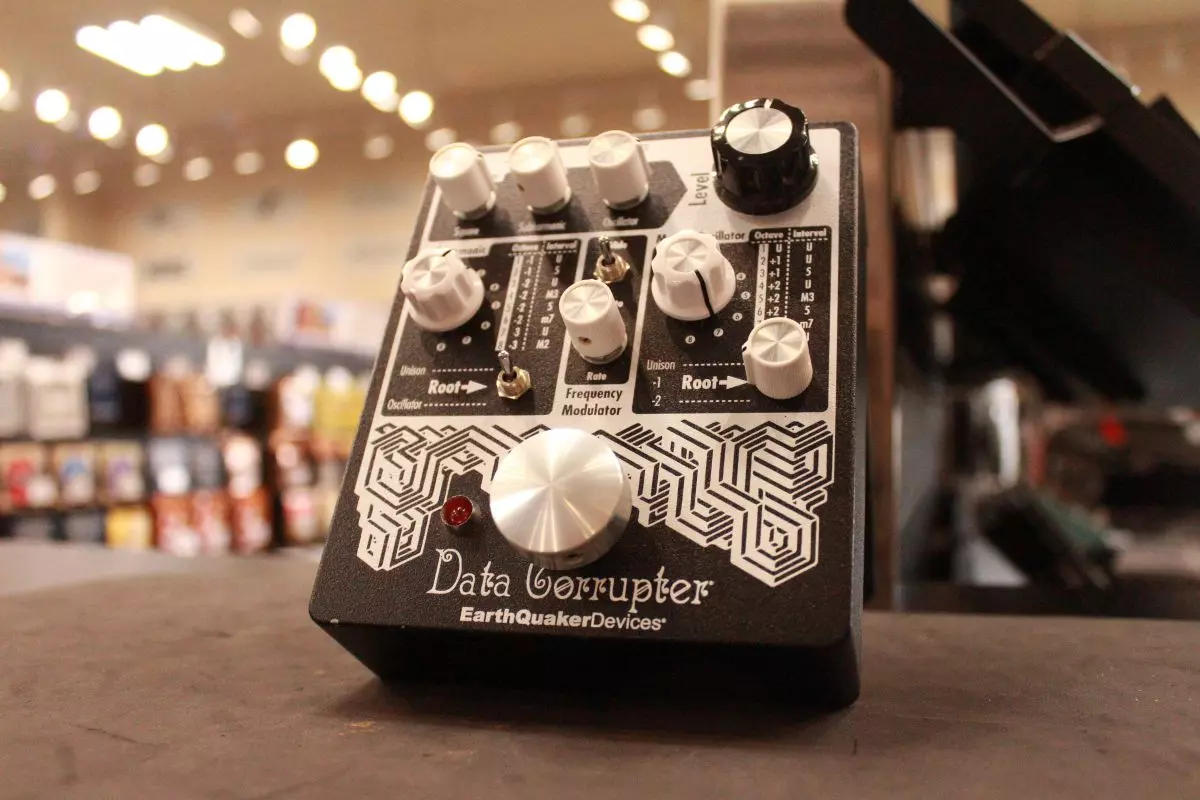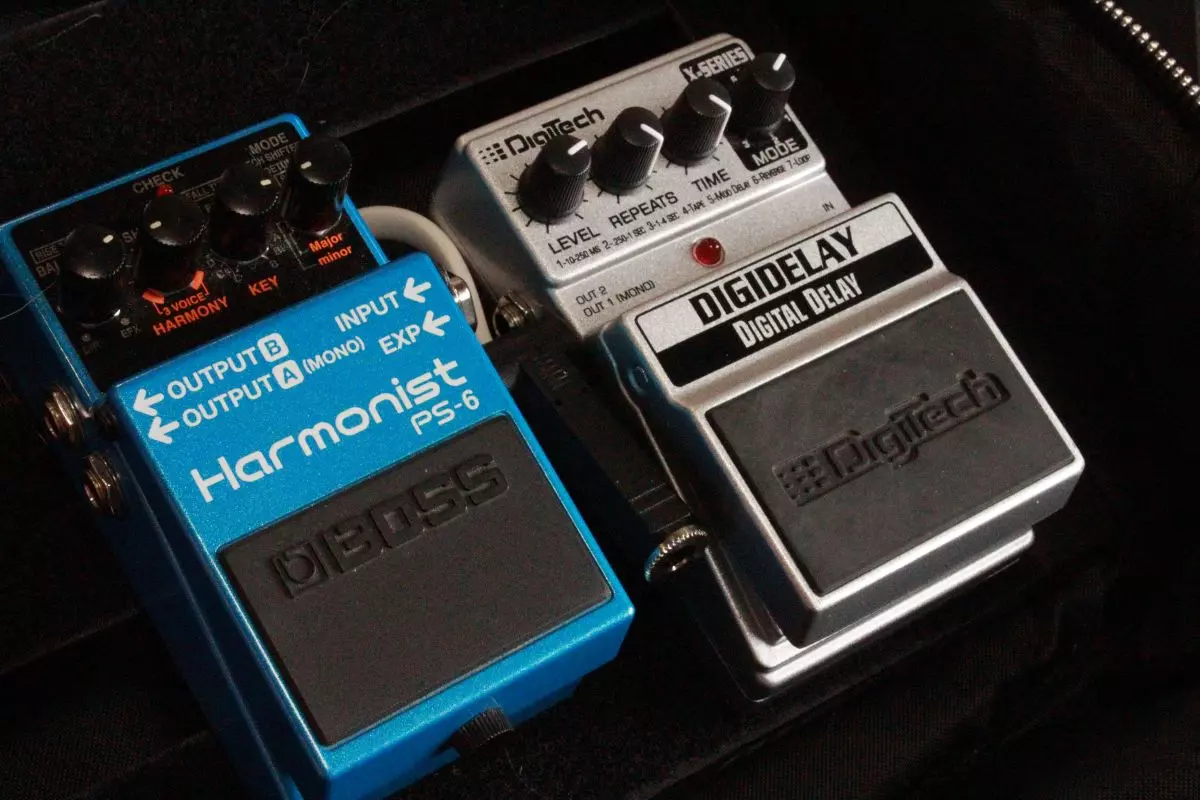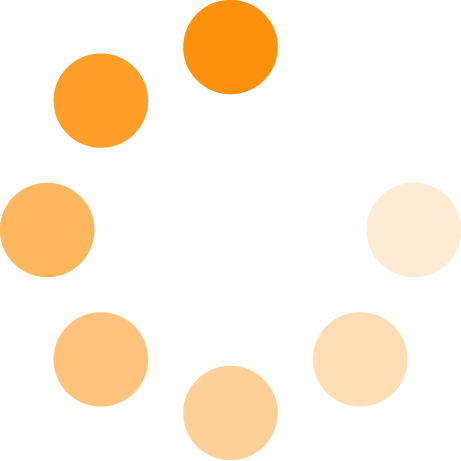The Role of Effect Pedals in Experimental Music
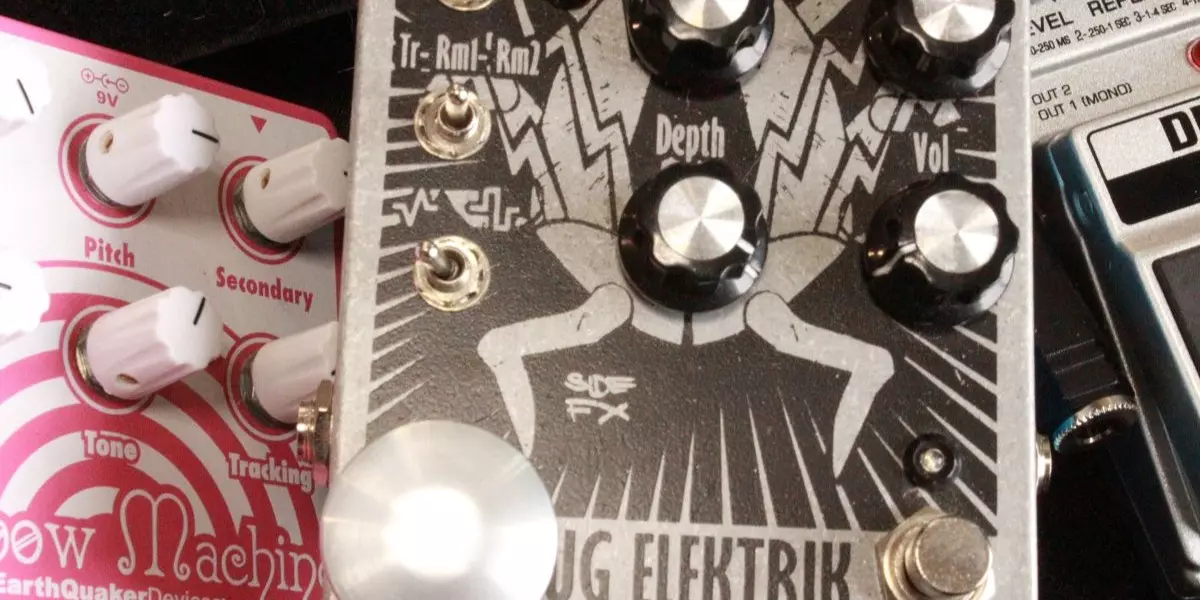
Guitar pedals are traditionally used to shape and enhance the tone of your instrument—but their versatility extends far beyond the realm of guitar playing. Delay, reverb, distortion, modulation—these effects have become essential tools for musicians, producers, and sound designers across a wide range of genres and instruments.
In fact, pedals have found their way into studio setups, live performances, electronic rigs, and even sound art installations. They’re no longer just for guitarists—they’re creative tools for sonic exploration.
Initially, I set out to write this blog about unorthodox effects. But after rereading my draft, I realized what I truly wanted to explore was the role of these magical stompboxes in the world of experimental music and sound art.
What is experimental music?
To me, it’s a space where rules don’t apply—or where you create your own. It’s non-linear, often unpredictable, and thrives on discovery. Mistakes aren’t failures—they’re potential breakthroughs. Artists like John Cage, Coil, Puce Mary, and Björk have all used unconventional sound sources in their work, proving that anything can become music in the right context.
This blog aims to dig into that process—and more specifically, the gear that fuels it. The noise-makers, the weird little boxes, the so-called "junk" that we stack up and breathe new life into.
I still remember my first guitar pedal: the classic Boss DS-1 distortion. It’s not the first pedal you’d associate with experimental sound design, but it absolutely has its place.
What does the DS-1 do? It distorts. It feeds back. Those are key components in noise music. Try plugging it into something other than a guitar—maybe a mic or a keyboard—and see what happens.
The second pedal I ever bought was a Delay/Echo, and that’s when things really opened up. Suddenly I had the means to create sprawling, atmospheric noise. That’s when I realized: pedals are instruments in their own right.
Now, with a small collection under my belt, I want to share a couple of pedals that are especially interesting for non-linear composition and experimental soundscapes.
Boss SL-2 Slicer
The BOSS SL-2 takes your input and transforms it into rhythmic, percussive patterns—many layered with filters, reverbs, and stereo dynamics. When paired with a beat machine, it becomes a hypnotic rhythm engine, perfect for crafting psychedelic grooves or heavily processed drum textures.It can also be used as a rhythm machine on its own. It is pretty interesting if you just want a backing track to play over it with any instruments.
EarthQuaker Devices Data Corrupter
This is a wild one. The EarthQuaker Devices Data Corrupter is a monophonic analog harmonizer that turns your signal into a crushing, fuzz-laden square wave. It modulates, multiplies, and divides the signal to create a gritty, glitchy three-voice synthesizer. It’s especially gnarly on bass guitar—perfect for industrial textures or broken fuzz drones.Here is some technical information for this complex pedal.
Monophonic: Produces or processes a single audio note at a time. Unlike polyphonic systems that handle multiple notes simultaneously, monophonic systems focus on one note, often for simplicity or specific sound characteristics. Analog: Uses continuous electrical signals rather than digital (discrete) data. It typically involves analog components like resistors, capacitors, and operational amplifiers, resulting in a warmer or vintage sound.
Harmonizing: The process of generating additional notes (harmonies) that complement a main melody or note. For example, adding a third or fifth interval to create a richer sound.
PLL (Phase-Locked Loop): A control system that synchronizes an output signal's phase and frequency with a reference signal. Commonly used in radio, telecommunications, and audio synthesis to lock onto a specific frequency or tone.
More Pedals to Explore
If you're into sound experimentation, I’d also recommend checking out:
- Boss PS-6 Harmonist – for pitch shifting and harmony layers.
- EarthQuaker Rainbow Machine – for cosmic, unpredictable modulation and shimmer.
Have an old keyboard collecting dust? Plug it into one of these pedals and give it new life. In an era of retro sound nostalgia, you might stumble onto something totally unique. These tools are goldmines for musicians working in experimental, noise, or soundtrack composition. Even basic electronics can become powerful instruments if you explore techniques like circuit bending.
There are endless possibilities—but that’s a topic for another blog.
They have expression pedal inputs, allowing for real-time control and deeply expressive performances.
Try using your guitar pedals with something other than a guitar. You might find new creative uses for gear that’s been collecting dust.
So go ahead: plug in, turn knobs, embrace the chaos. Don’t be afraid to make noise. You might just invent a sound no one’s heard before—or at the very least, inspire your band’s next big idea. Let’s make some noise!


